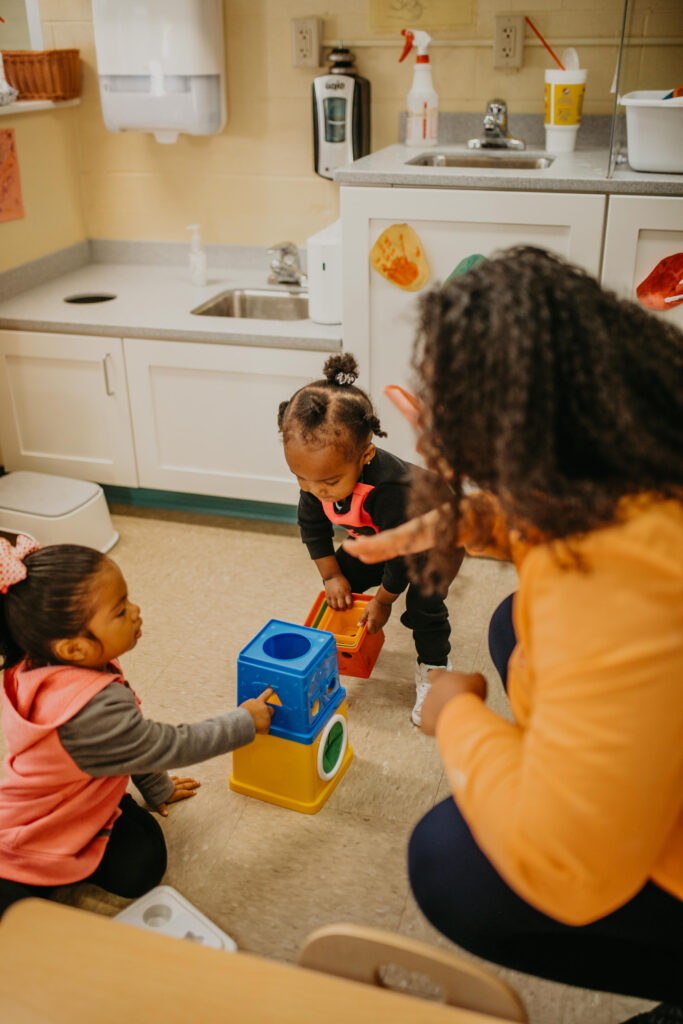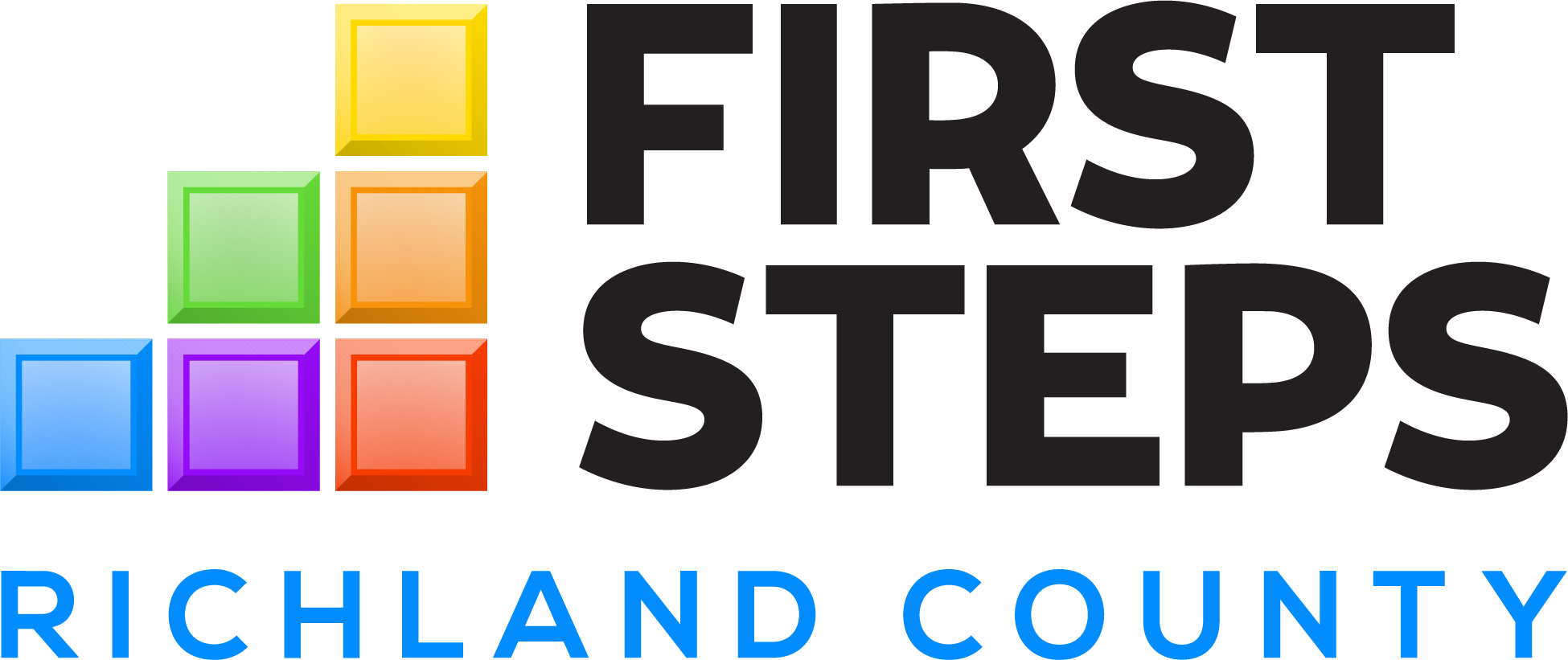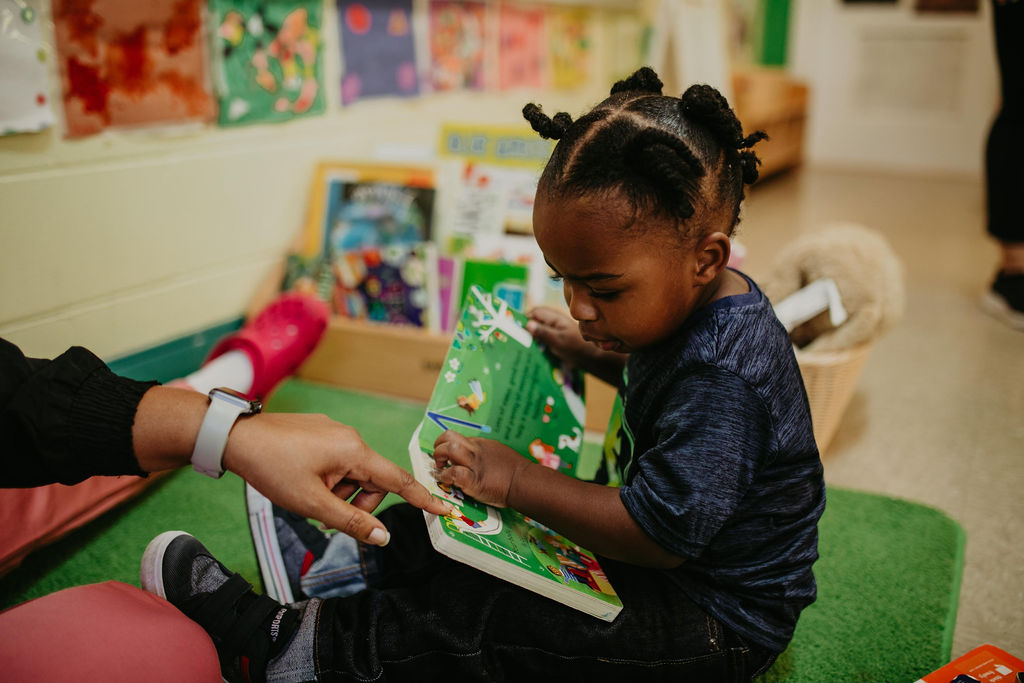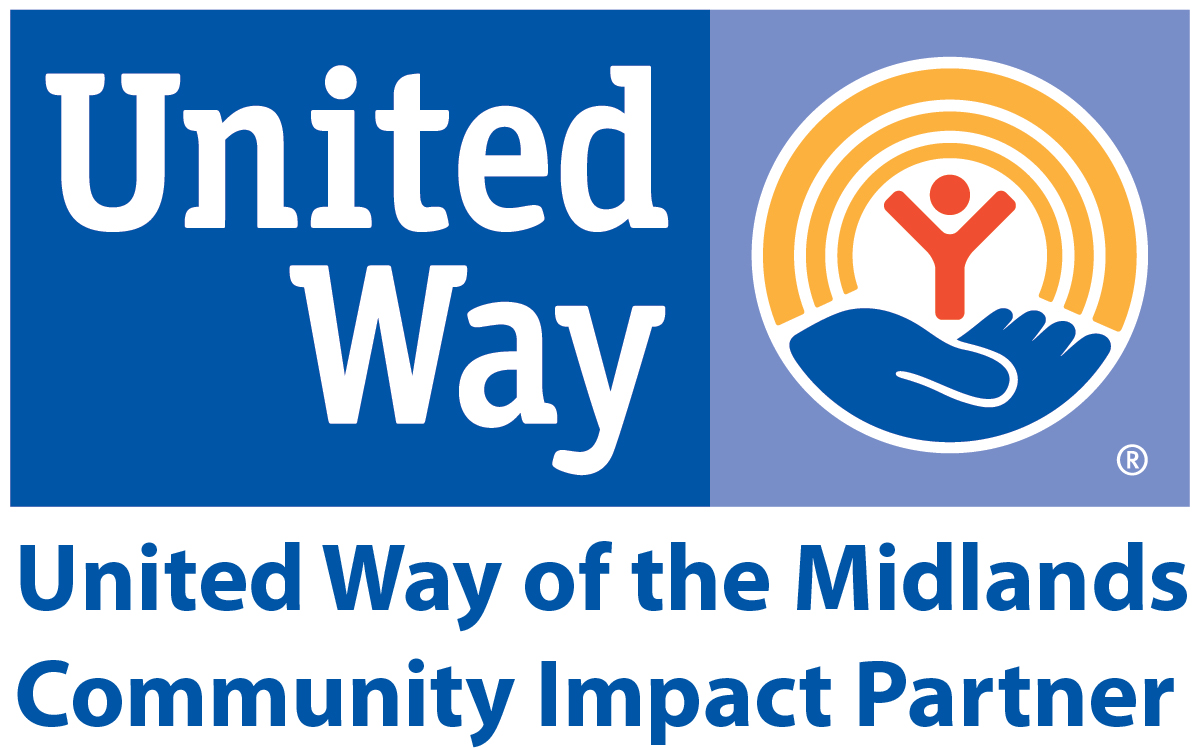Each year, RFS program staff review assessment data from children and families enrolled in our programs. Based on this data, we can:

- identify school readiness concepts for which children, parents, and caregivers need additional support
- develop lesson plans and coaching sessions that address areas needing improvement
- measure progress toward school readiness for each of these concepts
- provide more information to the community on what it means to be school ready and how to support children’s growth and development
Though measurement tools vary across RFS programs depending on the program model, the primary definition of readiness is described in the SC Early Learning Standards, with readiness development milestones that children should reach as they grow. The standards are grouped into six main areas of development, known as domains.
- Approaches to Play and Learning (APL)
- Emotional and Social Development (ESD)
- Health and Physical Development (HPD)
- Language Development and Communication (LDC)
- Mathematical Thinking and Expression (MTE)
- Cognitive Development (CD)
Within these domains are sub-domains and individual concepts, along with tips for parents and caregivers to support children’s learning. We choose one concept from the standards for each month and focus on it across all of our program areas and communications.
| JANUARY | Children identify, manage, and express their feelings. (Learning about Feelings, ESD-6) | JULY | Children use most grammatical constructions of their home language well. (Learning to Communicate, LDC-6) |
| FEBRUARY | | AUGUST | Children begin to identify, describe, classify and understand shape, size, direction and movement during play and other activities. (Foundations for Geometry and Spatial Understanding, MTE-4) |
| MARCH | Children demonstrate self-expression and creativity in a variety of forms and contexts, including play, visual arts, music, drama, and dance. (Creative Expression, CD-5) | SEPTEMBER | Children form relationships and interact positively with other children. (Developing a Sense of Self with Others, ESD-4) |
| APRIL | Children demonstrate a beginning understanding of algebraic thinking by sorting, describing, extending, and creating simple patterns during play and other activities. (Foundations for Algebraic Thinking, MTE-3) | OCTOBER | Children develop awareness of their needs and the ability to communicate their needs. (Self-Care, HPD-6) |
| MAY | Children engage in increasingly complex play. (Play and Imagination, APL-3) | NOVEMBER | Children show curiosity and express interest in the world around them. (Curiosity, Information-Seeking, and Eagerness, APL-1) |
| JUNE | Children express positive feelings about themselves and confidence in what they can do. (Developing a Sense of Self, ESD-2) | DECEMBER | Children demonstrate a positive sense of self-identity and self-awareness. (Developing a Sense of Self, ESD-1) |


